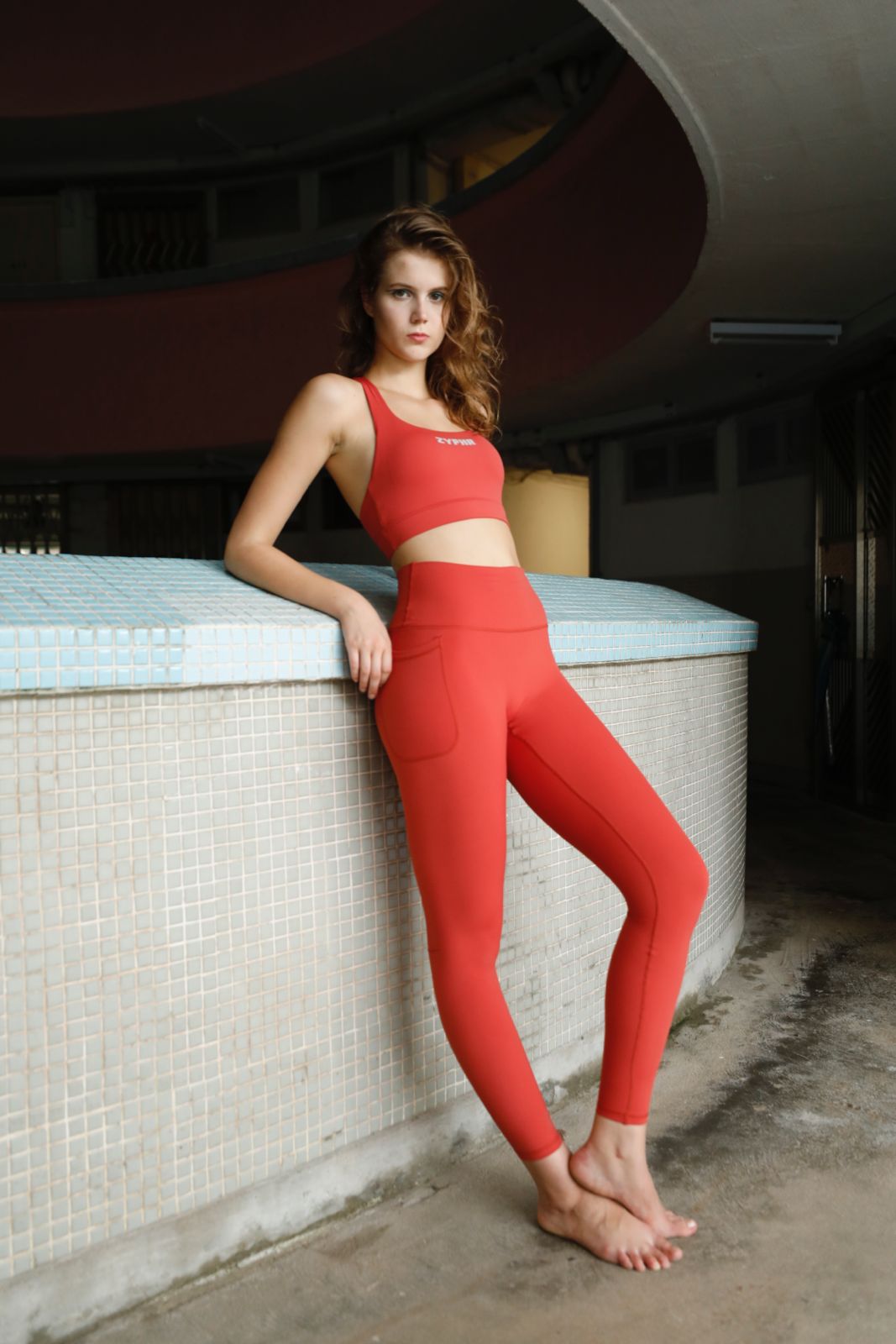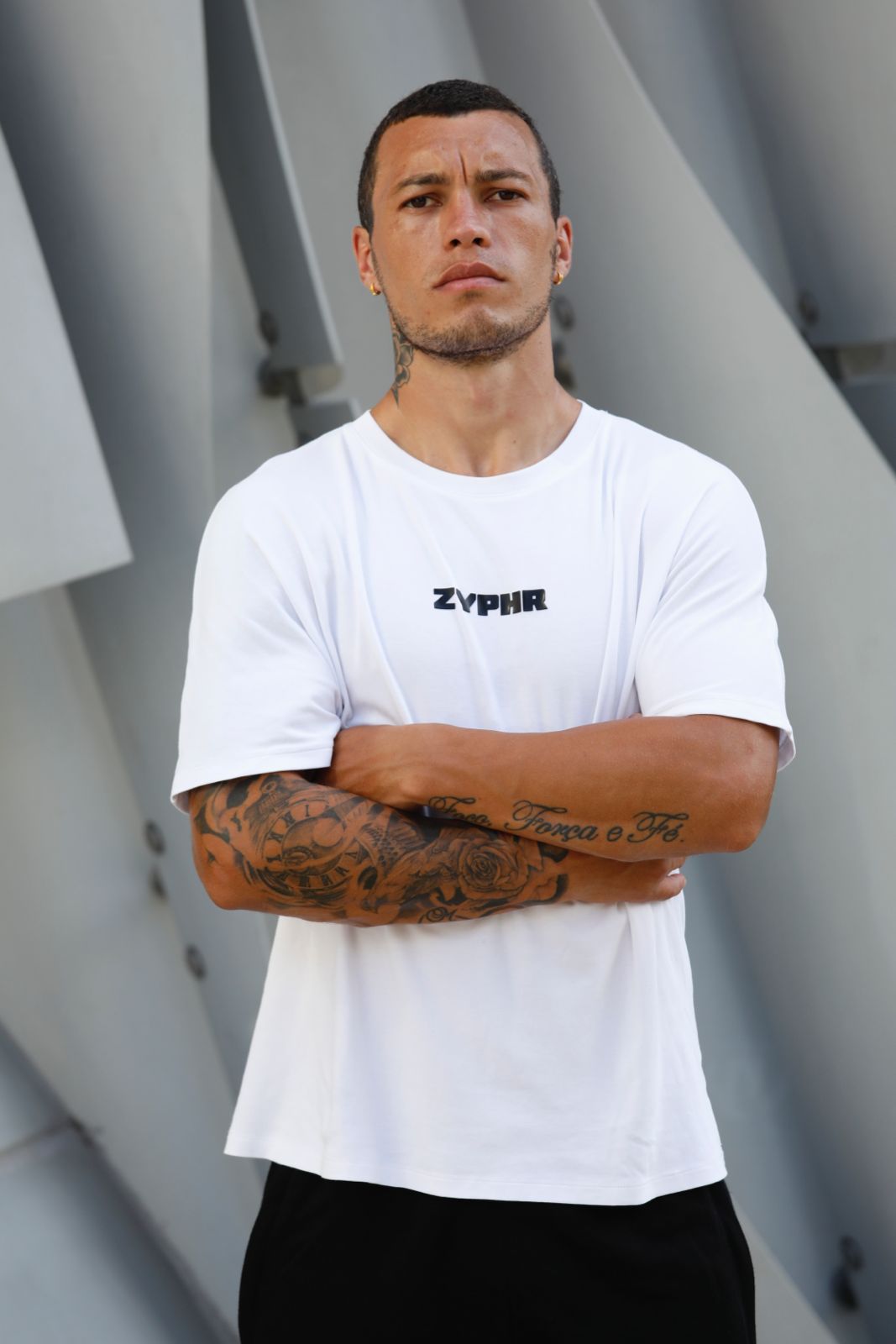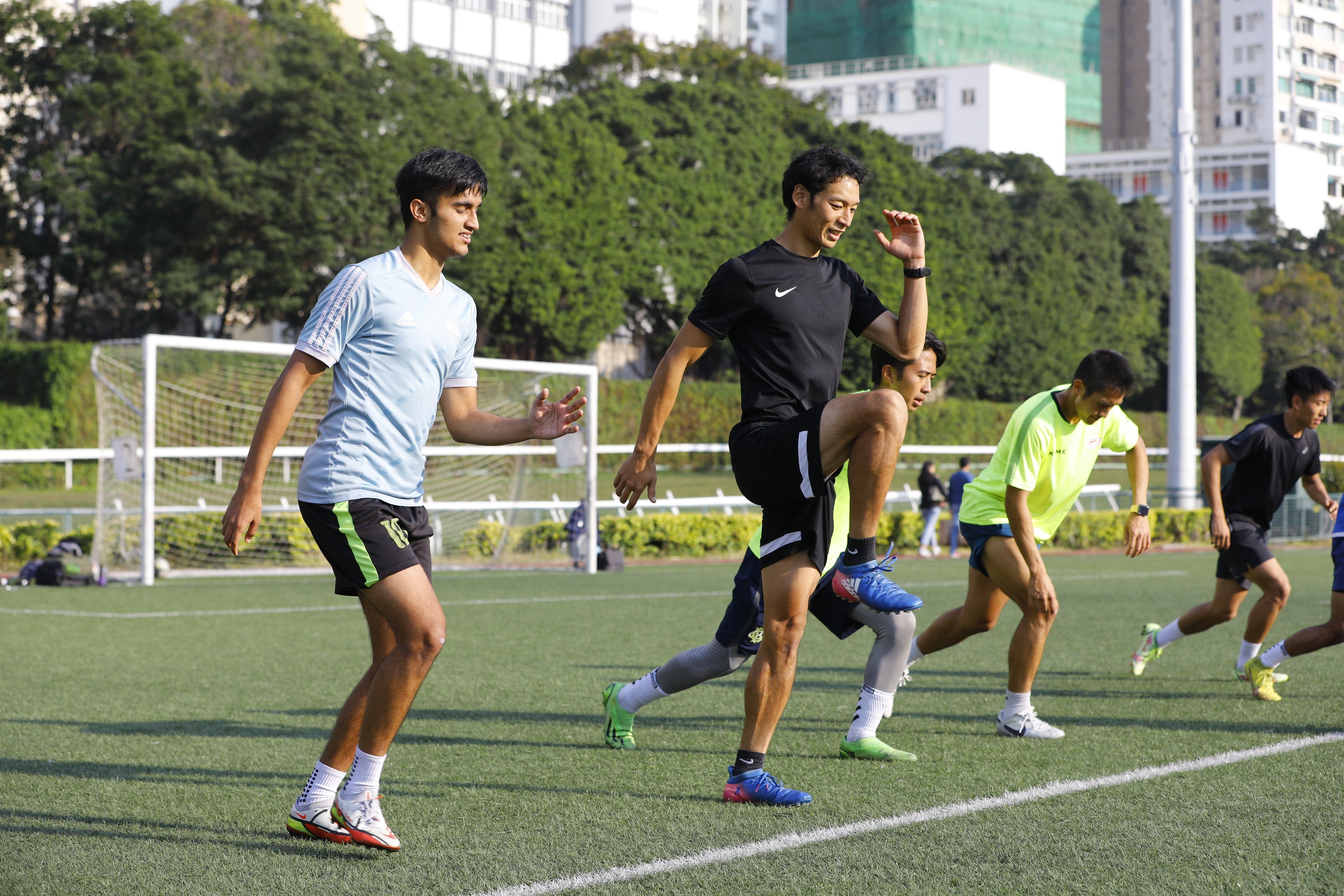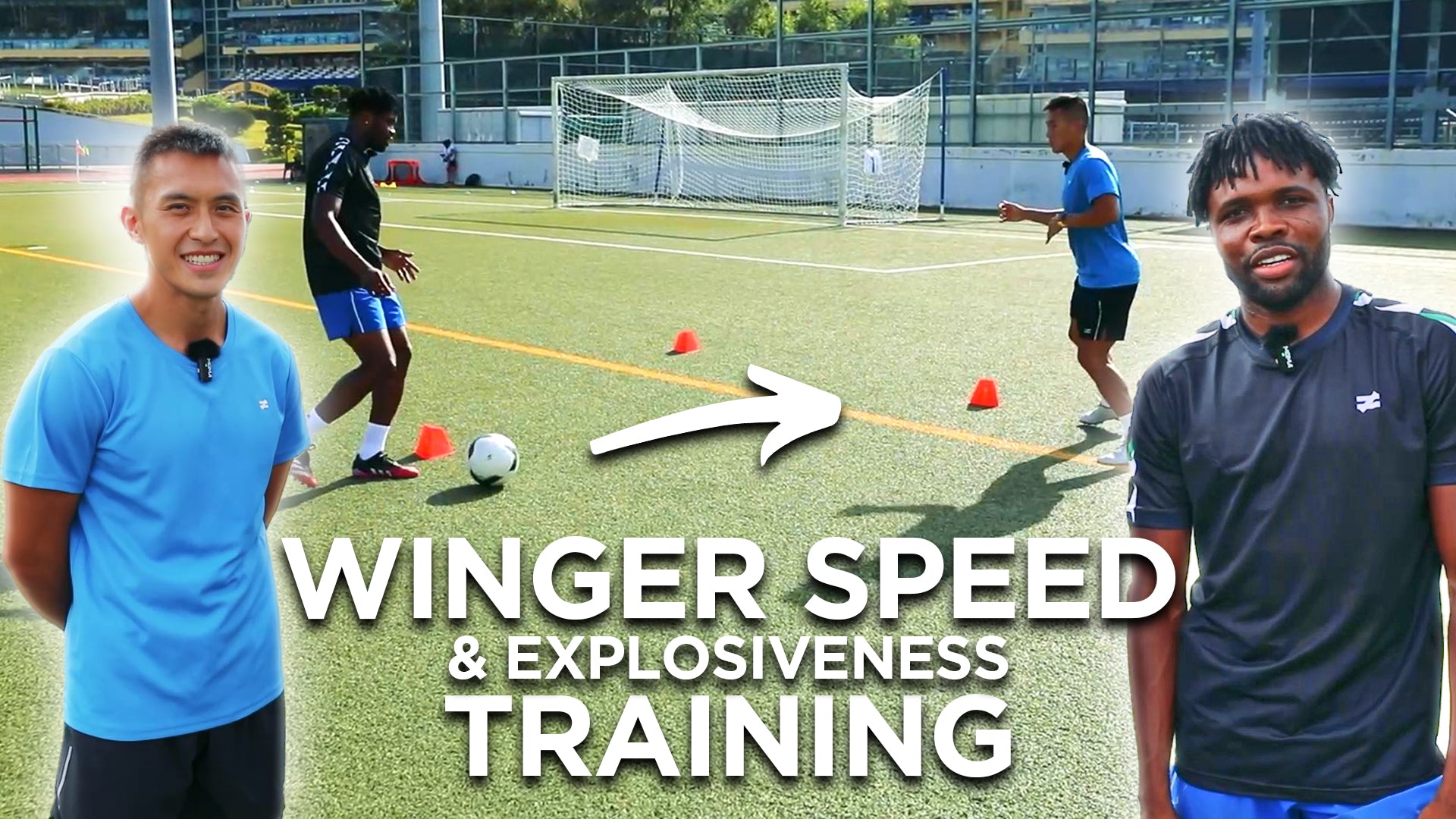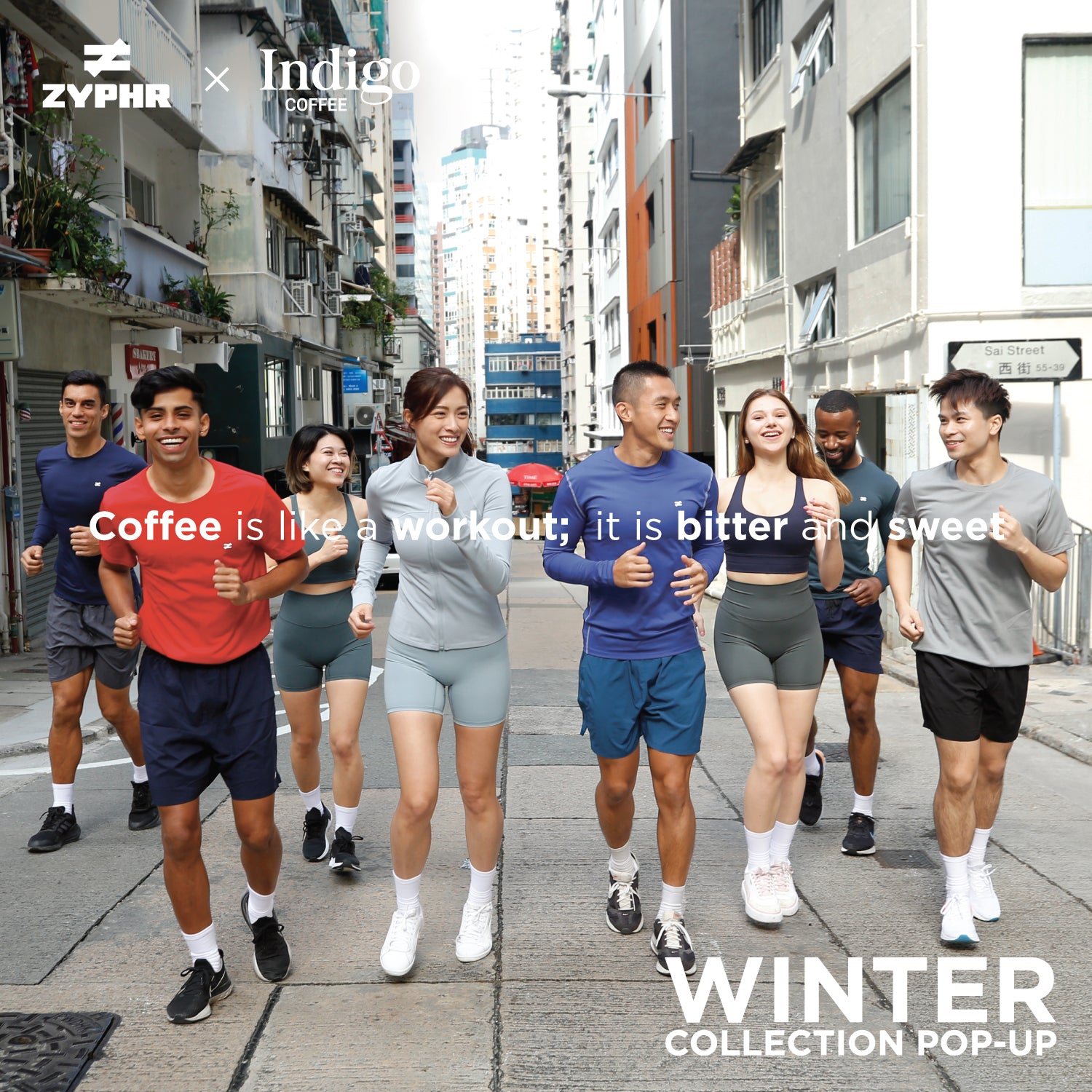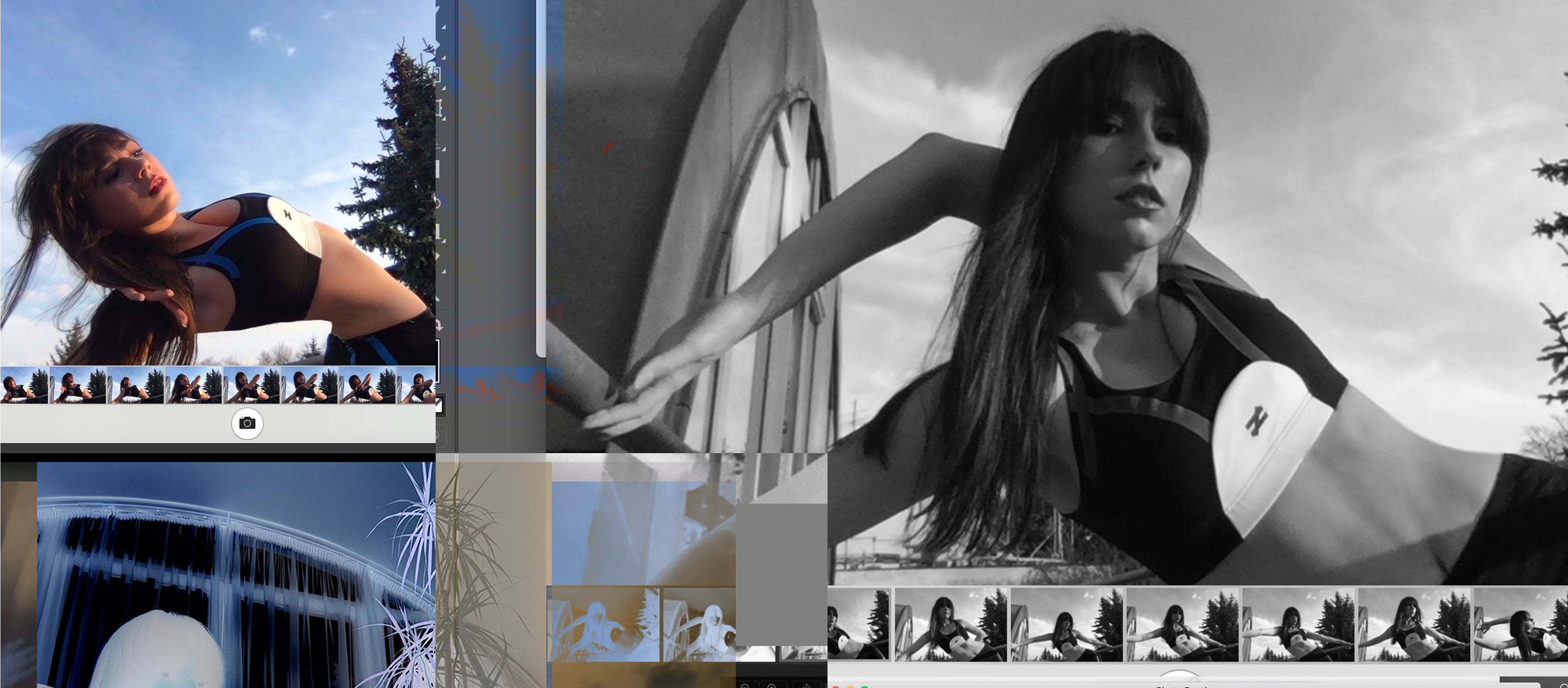
The Design Brain of ZYPHR: Julia Horvath
In conversation with our Creative Director
Since the launch of ZYPHR three years ago, Jason Yau, the Founder of the brand has been working with Designer and Creative Director Julia Horvath on creating a new dimension of sportswear, which they call ‘Life-Performance Wear’. Their paths crossed by accident, as they were visiting the same hair salon in Hong Kong. John Ma, a well respected hair stylist working in his Central salon, had a sharp eye for matching talents, and introduced the young businessman and the creative to each other. This fortunate meeting kicked off their joint work process immediately.
Julia studied to become a Fashion Designer in Budapest, Hungary (BA at Moholy-Nagy University of Art and Design Budapest) and in Hong Kong (MA at The Hong Kong Polytechnic University). After completing her studies at the age of 21, she started working as a Designer across Asia, Europe and North America. Julia has worked for brands like H&M, Paul Frank, Linder New York, Official Garments and has collaborated with several institutions and platforms on innovative, multidisciplinary projects, including the University of Zurich, Marinate Conception and Island of Freedom, Europe’s biggest music and cultural festival. At the same time, she focused her creative energy into establishing and building ZYPHR with Jason from day to day.
Being an athlete and dancer herself, Julia has been interested in sportswear from an early age on. In her design philosophy, she points out that sportswear is not so much of a genre to her, rather a perspective and a starting point that combines quality, innovation and inclusivity.
In the following interview, Julia told us about her main sources of inspiration and her vision for the brand ZYPHR.

Why did you become a Designer and what led you to the world of sportswear?
I remember that as a kid I wanted to become an inventor, then later an architect. I have always been interested in new ideas and how bringing them together eventually creates something that is tangible, adds to the lives of people and impacts the world for the better.
When I moved to Hong Kong at the age of 13, I was faced with a completely different reality compared to what I experienced before in Hungary and Europe. I was fascinated by the colorful landscape of the city and its people. That was the point where I decided to become a designer. I was inspired by the possibility of how many more perspectives there are out in the world, and how you can use them to build the future by bringing them together - both in small and big ways.
At that time, streetwear and sportswear was on the rise. It seemed to me to be the genre that has the most links to different levels, in terms of culture and society. I love the idea that, for example Adidas, is worn by any age group, from any professional background, all around the world. That’s the main pillar of my design philosophy - offering something that adapts to the needs and desires of various people, an art of inclusivity that adds value to products instead of destroying their essence.

What are the main aspects that you consider while designing?
Sportswear serves me as the starting point in design. I’m always looking for a deeper understanding of its basic nature. Studying the body and its movement at its core, we can gain a higher level of consciousness of how clothing affects our life on multiple levels. I think this learning process is very important if we want to design apparel that aims to boost any type of performance - in sports and beyond.
At ZYPHR we work with dozens of athletes on testing and developing garments. I find that as one of the most valuable aspects of our design process because this way we are able to unlock a new dimension of comfort with the help of the highly sensitive perception of our athletes.
What are your main sources of inspiration to create the life-performance pieces?
I’m always drawn to universal design approaches, but then I like to explore variations and adaptations of ideas. To take materials as an example, natural, synthetic and blend fabrics all have their pros and cons, so it is really a matter of personal preferences and outside circumstances that rule out which option performs best in that moment of time. I’m amused by the idea of creating multiple versions of designs with slight modifications, as well as cross-applying certain design features. This has been the main inspiration of the new AIR LIFESTYLE collection as well, which is a range of essential everyday pieces made from high-performance materials that otherwise you wouldn’t wear on the streets. In the range you can choose for example the type of fabrication for our unisex shorts, and you can also find oversized T-Shirts made from a premium high-performance fabric that makes the piece more lightweight, breathable and durable, features that can significantly improve everyday life in a place like Hong Kong.

What does ZYPHR represent in your opinion and how do you come up with its creative direction?
ZYPHR has a symbolic name. It’s named after the Greek God of the West Wind, so to me this automatically represents movement and the art of “going places”. In the middle of our map we have the world of sports, with its fundamental values and lessons. But as we start moving away from that center spot we build bridges to different walks of life. We expand the territory as much as possible, but make sure that we always return back to the original starting point. In that sense, ZYPHR is an ongoing journey between the destinations of sports and life.
We reflect this vision not only in the way we create garments that bridge sportswear and lifestyle wear, but also with the community that we are building of athletes and all other sorts of talents. I believe our story is still a work in progress, we are constantly figuring out where we are going, however the more garments we put out there and the more conversations we start, we realize that this exploration of possibilities between the two worlds might be our end goal in itself.

